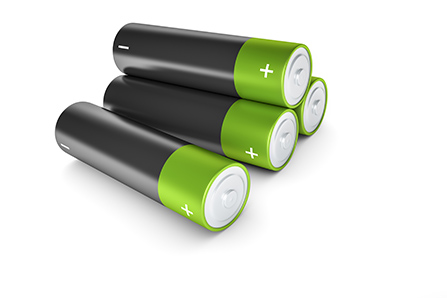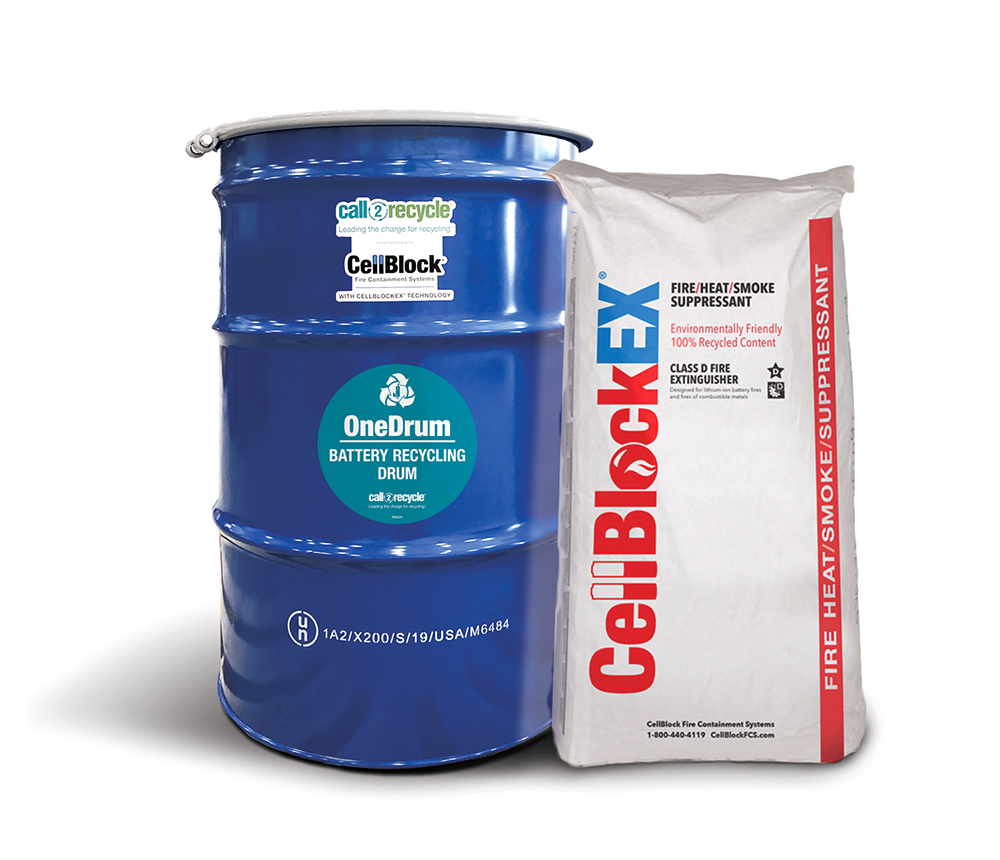Batteries Have Taken Over
Americans alone purchase roughly 3 billion batteries a year, for toys, tools, games and personal electronic devices such as laptops or tablets. Environmentalists, business, and consumers alike benefit from harmful battery chemicals avoiding future resource contamination. Li-ion batteries run micro mobility, electric vehicles, power equipment and even cell phones. These bountiful supplies of energy also are the most fissile, causing catastrophic thermal runaway in homes and landfills.
Beyond saving valuable metal and plastic resources, recycling is universally accepted as necessary. Until now, Human Resources have bogged down the commercial viability of processors.
Li-ion batteries run micro mobility, electric vehicles, power equipment and even cell phones. These bountiful supplies of energy also are the most fissile, causing catastrophic thermal runaway in homes and landfills.
Beyond saving valuable metal and plastic resources, recycling is universally accepted as necessary. Until now, Human Resources have bogged down the commercial viability of processors.
Recycling Batteries
________________________________________________________________
A 2019 study suggested 33.7% of consumers have dead batteries at home, and only 13.4% will collect and recycle them properly. Not all batteries are the same. They have different chemistries, sizes, and likewise need separate recycling efforts. Chemicals such as lead and cadmium can be horrible for the environment, including soil and water. When batteries decay, they leak. Keeping these and other harmful chemicals from landfills is a major goal for many groups and municipalities. Additional, finding a recycling spot other than a hazardous waste drop-off can be complicated. Lead and cadmium based battery chemistry pose the largest environmental concerns, but nearly 70% of a lead battery is recyclable. Lithium-ion batteries include valuable metals such as aluminum, copper and manganese, that can be recycled. Cobalt, nickel and lithium are also used in these types and are lucrative rare Earth minerals. One of the hardest problems in battery recycling, is the risk of thermal runaway.Save Money, Time, and the Environment
________________________________________________________________
 In cooperation with ERI and Call2Recycle, OneDrum is eliminating that risk, using the most effective battery fire suppression solution, CellBlockEX. No more taping terminals, no more sorting by chemistry, simply collect and ship the mixed batteries, with confidence.
OneDrum saves time and money, while reliably transferring batteries safely.
ERI is the largest fully integrated IT and electronics asset disposition provider in the United States, and will separate the batteries from the CellBlockEX in the OneDrum, sort them by chemistry, and then Call2Recycle will utilize their network of battery processors.
CellBlockFCS is a proud partner in this innovative mixed recycling effort, and honored to contribute our revolutionary fire suppressant to such a worthy cause.
In cooperation with ERI and Call2Recycle, OneDrum is eliminating that risk, using the most effective battery fire suppression solution, CellBlockEX. No more taping terminals, no more sorting by chemistry, simply collect and ship the mixed batteries, with confidence.
OneDrum saves time and money, while reliably transferring batteries safely.
ERI is the largest fully integrated IT and electronics asset disposition provider in the United States, and will separate the batteries from the CellBlockEX in the OneDrum, sort them by chemistry, and then Call2Recycle will utilize their network of battery processors.
CellBlockFCS is a proud partner in this innovative mixed recycling effort, and honored to contribute our revolutionary fire suppressant to such a worthy cause.
See How OneDrum Works


